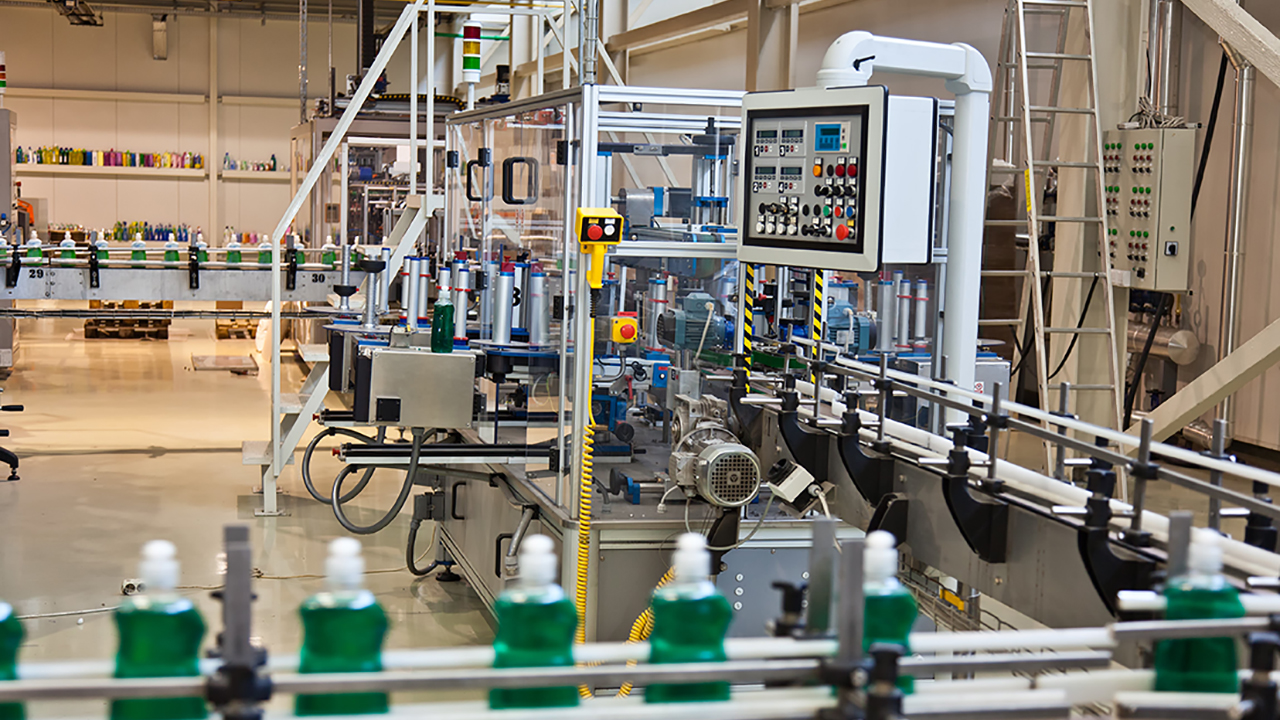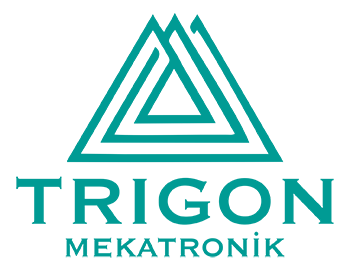Production Lines and Process Automation
It consists of an automatic production line, a transfer system and a series of workstations connected by an electrical control system. From a certain production and product at each station, from childhood to movement along the line, step-by-step works.
A fully automated production line does not consist of people directly involved in the operation, and development is completed or partially completed with mechanical equipment and automated systems. This progress is more high to turn into an automated system, human control plan, control, travel and return for cylinder, system design.
Three types of automation in manufacturing: rigid automation (also known as 'fixed automation'), programmable system, and precision system (also known as 'flexible automation'). The product to be used is determined by the type and volume of the product.
An automated production line following programmed commands, an event to occur with little or no human intervention at all. In the trend, accurate and accurate production is used to plan the objectives of production times. It is accelerated from the use of automated production lines, reducing production costs and steps from packaging, and human error and quality.
In the uses of automated production, users are freed from repetitive students - in places of human labor in training tasks and in training, in races that go through human training such as speed and speed.
Carefully planned investment in automation can also make financial sense. A two or three year payback in reduced labor costs is equivalent to an excellent 30%-50% return on investment.
Moreover, many of the world's most successful economies, such as Germany and Japan, have high investments in automation.









